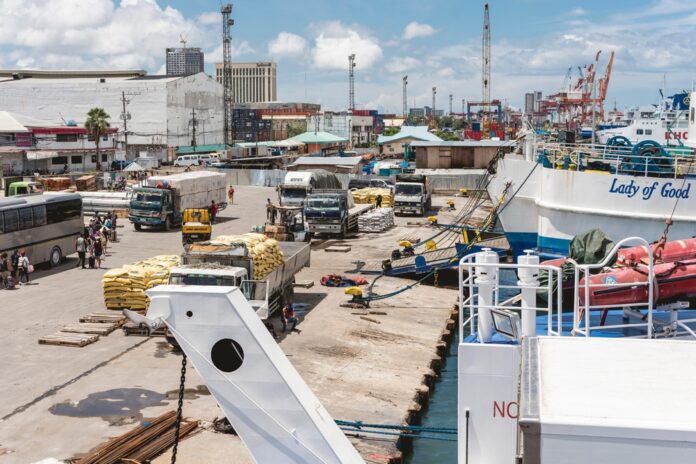The lack of reliable transport services, far more than the lack of access to electricity or access to safe water sources, remains the biggest hindrance to economic expansion among countries in Asia and the Pacific like the Philippines, the Asia Development Bank said.
According to the ADB, some 1.8 billion people, or one in every 10 residents in the region, do not have the reliable transport links they need to sustain growth, measured as the gross domestic product or GDP.
To illustrate the point, the ADB compared this to the 570 million who do not have electricity in the region or the 680 million who lack access to safe water.
“The scale of the shortfall is stark. Low‑income and lower‑middle‑income economies in the region have fewer than four kilometers of transport infrastructure for every thousand residents, while higher‑income economies manage just under twelve,” experts at the ADB pointed this out.
This is a greatly concerning development because roads, railways, ports and airports that transport people and goods lag far behind what Asia and the Pacific countries need, the ADB experts said.
“The scale of the shortfall is stark. Low‑income and lower‑middle‑income economies in the region have fewer than four kilometers of transport infrastructure for every thousand residents, while higher‑income economies manage just under twelve,” the experts said.
According to the ADB, the Asia-Pacific region continues to trail significantly behind wealthier economies in transport infrastructure, a gap that carries serious policy implications for trade competitiveness and economic resilience.
Members of the Organisation for Economic Co-operation and Development (OECD) benefit from dense and well-connected transport systems, boasting an average of 17 kilometers of infrastructure per 1,000 residents. In stark contrast, Asia and the Pacific offer far sparser coverage. When adjusted for land area, the region has just 433 kilometers of infrastructure per 1,000 square kilometers—substantially below the OECD average of 690 kilometers.
This disparity in transport networks, the ADB said, has tangible consequences. Sparse infrastructure networks increase shipping costs, prolong travel times, and ultimately undermine the region’s competitiveness in global markets.
Vulnerability is especially pronounced in times of disruption. A single delay involving one million containers, for instance, can send shipping rates soaring by more than US$2,000 per container, as limited alternative routes or transport modes amplify bottlenecks.
The situation is especially acute for landlocked developing countries and small island states, which face a dual burden of distance and high costs.
A typical shipment from a landlocked country must travel around 1,500 kilometers—more than twice the regional average—and often incurs nearly double the freight cost of a standard forty-foot container.
Transport policy experts warn that addressing these deficits is essential not only to improve logistics efficiency but also to safeguard supply chains against future shocks.
Expanding and upgrading transport infrastructure across the Asia-Pacific must become a central focus for regional development strategies, particularly in the context of rising demand and climate-related vulnerabilities.







